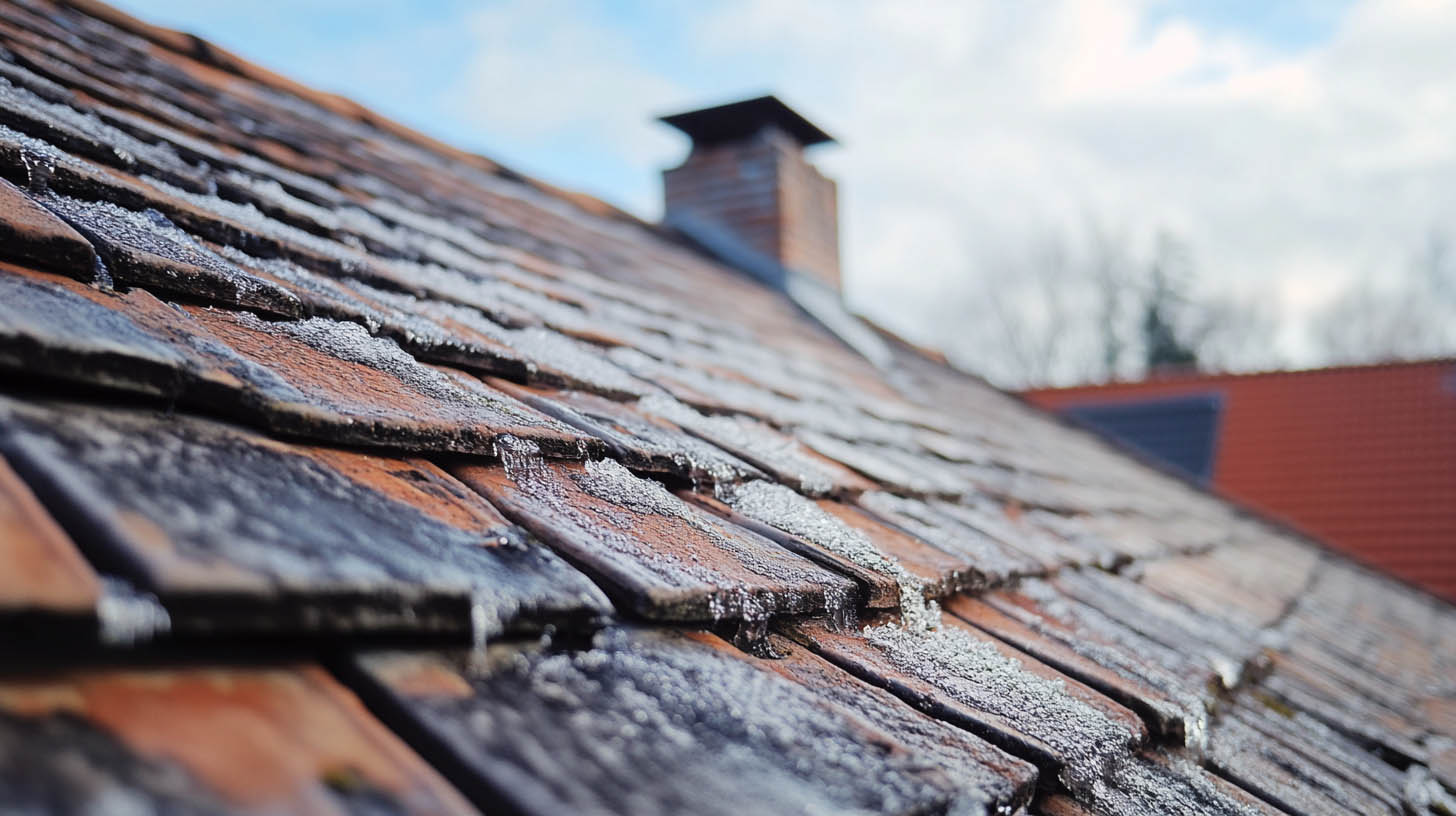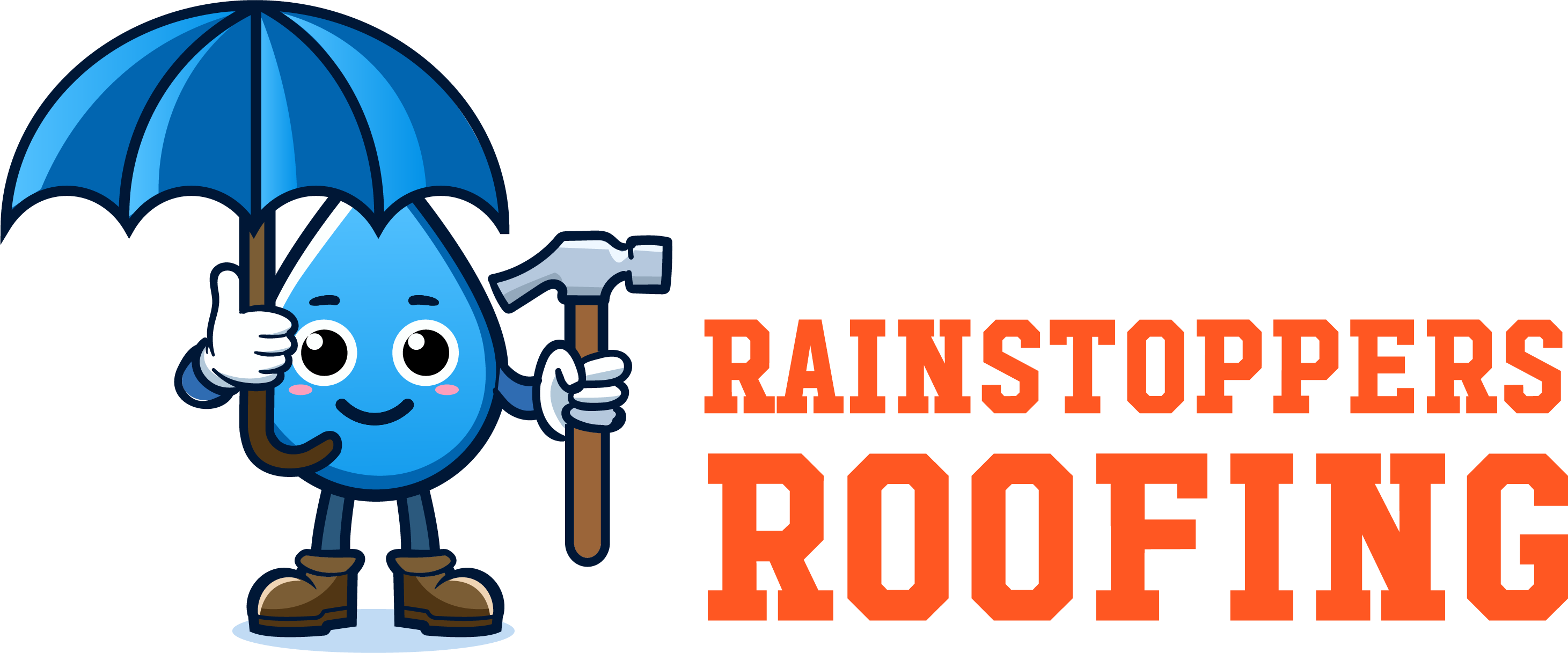
Rainstoppers Roofing in Charleston, WV specializes in helping homeowners safeguard their roofs against ice dams during winter. These harmful ice barriers can damage roofs, gutters, and interiors, but with the right precautions, they can be effectively prevented.
Understanding Ice Dams
Ice dams form when snow on the roof melts due to heat escaping from the attic, then refreezes at the cooler eaves. This creates a barrier that prevents proper drainage, leading to water pooling and potentially leaking into the home. Uneven roof temperatures are the primary cause of ice dams, exacerbated by inadequate insulation or ventilation.
The Impact of Ice Dams
- Roof Damage: Trapped water can seep under shingles, causing leaks.
- Structural Risks: Prolonged exposure to moisture weakens roof structures, leading to rotting wood and damaged insulation.
- Gutter Issues: Excess weight from ice dams can damage gutters and downspouts.
- Interior Damage: Water leakage can result in stained ceilings, peeling paint, and mold growth.
Preventive Measures for Ice Dams
1. Clean Gutters and Downspouts
Clogged gutters impede water flow, increasing the likelihood of ice dam formation. Before winter, clear gutters of debris and inspect downspouts for blockages. Gutter guards can help minimize debris accumulation, particularly in tree-filled areas.
2. Enhance Attic Insulation
Improved insulation prevents heat from escaping into the attic, reducing the likelihood of snow melting unevenly on the roof. Using materials with higher R-values ensures optimal thermal resistance, critical in colder regions.
3. Optimize Attic Ventilation
Proper ventilation maintains consistent roof temperatures by allowing cold air to circulate in the attic. A balanced system of soffit and ridge vents effectively reduces heat buildup and minimizes the freeze-thaw cycle that leads to ice dams.
4. Use Roof Rakes
A roof rake can help safely remove snow from the roof’s edge after heavy snowfall. This prevents melted snow from refreezing into ice dams. Always prioritize safety by using a long-handled rake from the ground.
5. Apply Calcium Chloride Ice Melt
Calcium chloride pellets can be placed in a nylon stocking and laid vertically across the ice dam to create channels for water to escape. Be cautious to avoid contact with plants, as runoff may cause damage.
Professional Solutions
Heated Roof Cables
Heated cables prevent ice accumulation by melting snow along the roof’s edge. Installed strategically, they provide an effective barrier against ice dams, especially when combined with proper insulation and ventilation.
Energy Audits and Roofing Consultations
Professionals can assess energy inefficiencies in the home and recommend targeted improvements. Roofing specialists can identify vulnerabilities in roof design and suggest materials tailored to prevent ice dams.
A Unique Fact About Ice Dams
According to the U.S. Department of Energy, maintaining attic insulation levels that meet regional R-value recommendations can reduce heat loss by up to 30%, significantly decreasing the risk of ice dams.
FAQs
1. Can ice dams form even with adequate insulation?
Yes, if ventilation is poor or snow is not removed regularly, ice dams can still form despite proper insulation.
2. Are heated roof cables energy-efficient?
Modern heated cables with thermostatic controls activate only when needed, making them an energy-efficient solution for ice dam prevention.
3. How do ice dams impact home insurance claims?
Damage caused by ice dams may be covered under homeowners’ insurance, but it depends on the policy terms and preventative maintenance records.
4. Is it safe to remove ice dams manually?
Manual removal is risky and can damage the roof. Professional assistance or using calcium chloride is safer and more effective.
5. Can ice dams be prevented entirely?
With a combination of insulation, ventilation, and proactive snow removal, the risk of ice dams can be significantly reduced, though not entirely eliminated.
Conclusion
Preventing ice dams is essential for maintaining the structural integrity and aesthetic appeal of your home during winter. A proactive approach, incorporating insulation, ventilation, and professional solutions, ensures optimal protection. For expert advice and solutions tailored to your home, consult with Rainstoppers Roofing in Charleston, WV.To gain insights into mansard roof designs, click here.
